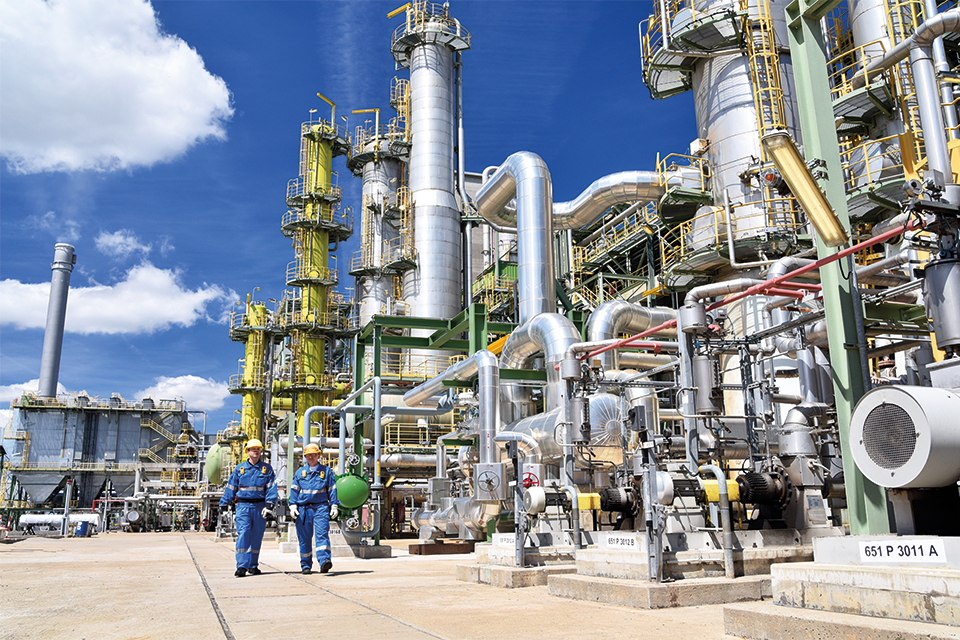2019-01-02
Gas Concentration Monitoring in Sulfuric Acid Production

Sulfuric acid (H2SO4) is a central substance in the chemical industry. Principal uses include mineral processing, fertilizer manufacturing, oil refining, wastewater processing, pulp and paper production, leather manufacturing, dyeing of fabrics, and chemical synthesis. It is also used e.g. as an electrolyte in lead-acid batteries and in various cleaning agents for domestic use.
There are dedicated sulfuric acid plants using pure sulfur as raw material, but it is also quite common to find sulfuric acid plants as a side business to e.g. metal smelters, where the sulfur content of the ore or other raw material is passed to the sulfuric acid production. A sulfuric acid plant can also be an integral part of a production process for fertilizers, e.g. ammonium sulfate or superphosphate.
The chemical reactions in play at a sulfuric acid plant are highly exothermic, meaning that a lot of energy is produced. This energy can be used e.g. in district heating systems or directed to turbines to generate electricity.
As a part of the sulfuric acid production process, it is very important to be able to monitor and control gaseous sulfur dioxide (SO2) concentrations at very high concentration levels. The sulfur trioxide (SO3) concentrations can also be of interest. Some process steps require the gases to be dry, so H2O monitoring can also be relevant. However, the reasons for monitoring the concentration of SO2 and other gases vary between different applications and different production steps.
Operation of large-scale production facilities including sulfuric acid plants are often governed by national legislation as well as requirements from local environmental authorities, for example when it comes to emissions to the ambient air. Monitoring needs can therefore also include continuous emissions monitoring (CEM) at the tail of the production process. Ambient air quality monitoring around the production facility can also appear as a wish or requirement. The purpose of the latter can be to generally monitor to what extent the public in the vicinity of the plant is exposed to air pollutants, or to serve as a warning system in case of accidental releases of toxic gases from the production, or to provide a combination thereof.
The OPSIS systems are very well suited for SO2 monitoring in and around sulfuric acid plants. In-process monitoring can be very challenging due to the highly corrosive gases, high process temperatures, very high SO2 concentrations, high dust content in the flue gas, and overpressure. However, the OPSIS systems can successfully tackle all these challenges. The in-situ monitoring and optical fibres can also allow a single instrument to cover several or even all steps in the production flow.
Continuous emissions monitoring is also straight-forward using OPSIS systems. A single system can be configured to measure not only SO2, but also NO, NO2 and other substances where the emissions are regulated. Likewise, there are OPSIS ambient air quality monitoring (AQM) systems able to measure not only SO2 but also concentrations of several other pollutants of concern when it comes to the quality of the ambient air.
Thanks to the non-contact, non-sampling approach, the OPSIS systems operate with a minimum of maintenance, no matter if the application is sulfuric acid production process control, continuous emissions monitoring, or ambient air surveillance.
